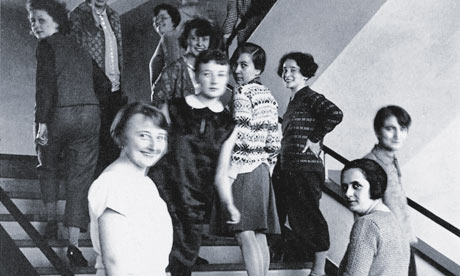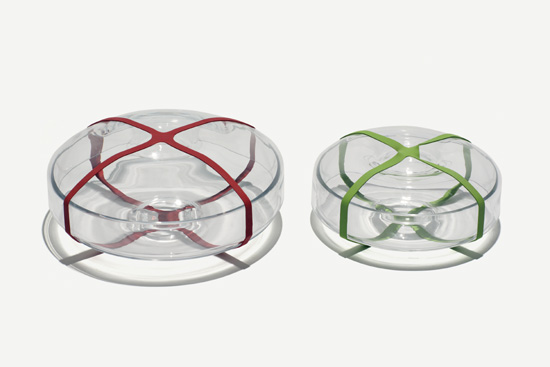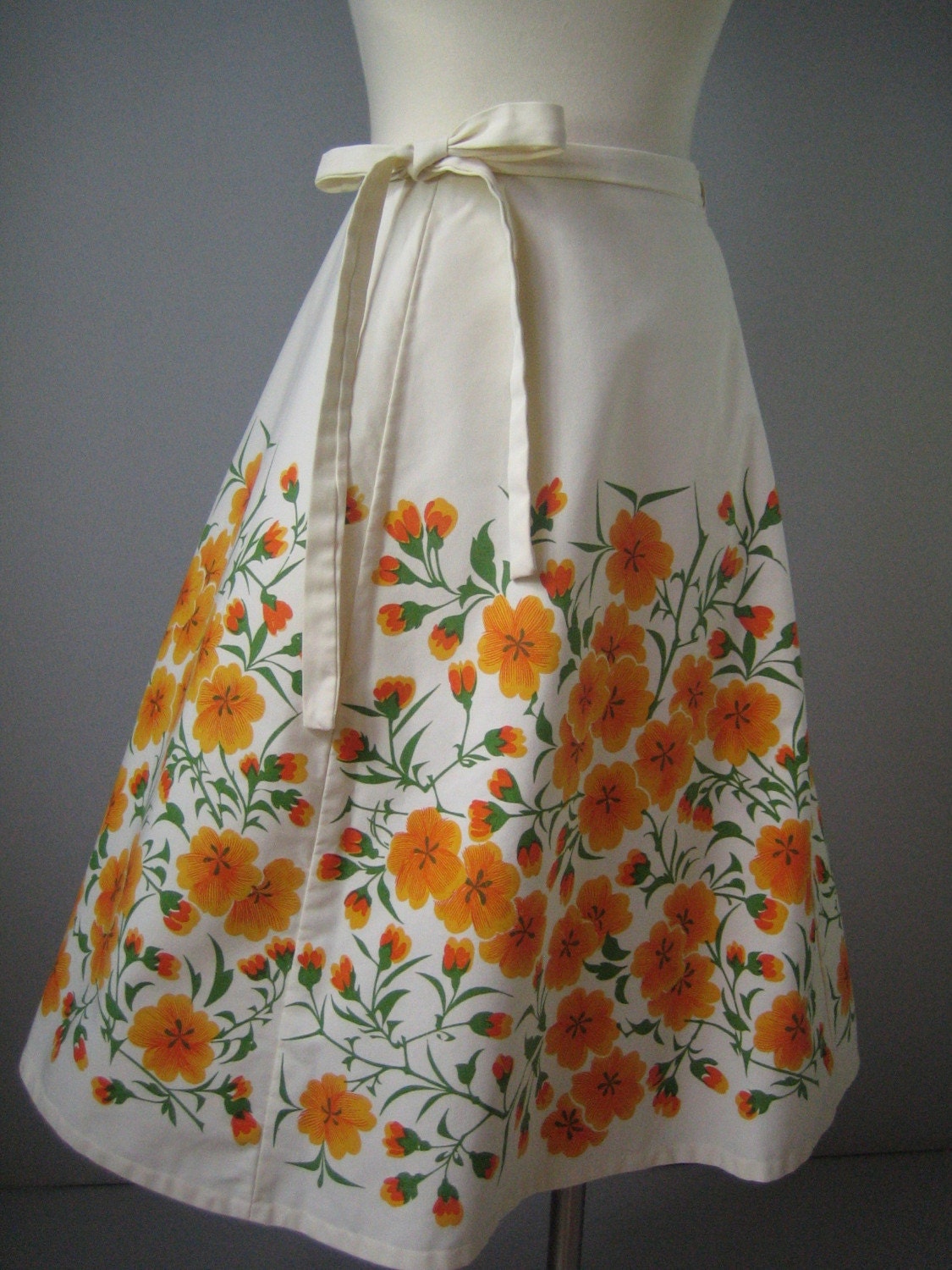http://cfs4.tistory.com/upload_control/download.blog?fhandle=YmxvZzE3MTQ3MEBmczQudGlzdG9yeS5jb206L2F0dGFjaC8yNi8xODAwMDAwMDI2MDUuanBn
 Propeller Stool, PK-41, Paul Kjærholm
Propeller Stool, PK-41, Paul Kjærholmhttp://www.furnituredesign24.com/furniture/poul-kjaerholm/pk41-folding-stool_s.jpg
These designer's respect for precedent reflects the way that Danish designers study under previous masters, passing down techniques, styles, and mindsets, as well as respect for tradition. This linear progression of design genius has given Danish Design a cohesive feeling so that although innovation and modernity are always present, an adherence to craftsmanship, reductionism, and respect for materials is continuous. I appreciate this design legacy and the way it produces designers who are at once aware of the past but still desire to go beyond what came previously, to get ever closer to the perfect design.
Nevertheless, I can't help but think that such a system is exclusionary and overshadows designers who do not fit into the master/student relationship. This becomes particularly problematic when one considers the male dominated nature of the design field. I did a quick google search of "Bauhaus school, women" and came across an interesting article from The Guardian. Women were accepted into the school, in fact, when she school opened, more women applied than men. But why then are the men remembered? According to the article, Gropius believed that "women thought in 'two dimensions,' while men could grapple with three" and so female students were relegated into weaving fabrics and few others were able to work with ceramics. Both textiles and ceramics are thought to be crafts and associated with women. Therefore, they can less respect in the art world. As the Bauhaus school became primarily concerned with architecture, women were given less and less opportunities. I can't help but think that the sexist prejudices held by the Bauhaus school are partially the responsibility of the master/student relationship that has been and still is male gendered.
 The Women of Bauhaus
The Women of Bauhaushttp://static.guim.co.uk/sys-images/Guardian/About/General/2009/11/4/1257348837613/Bauhaus-women-001.jpg
I would like to think that if this male-centeredness of design can be eliminated anywhere, it is Denmark, with it's egalitarian society and relative gender equality. However, it will be the adherence to precedent that will hold it back.
---
Haus proud, The women of Bauhaus: When the Bauhaus art school opened in 1919, more women applied than men - so why have we never heard of them?








